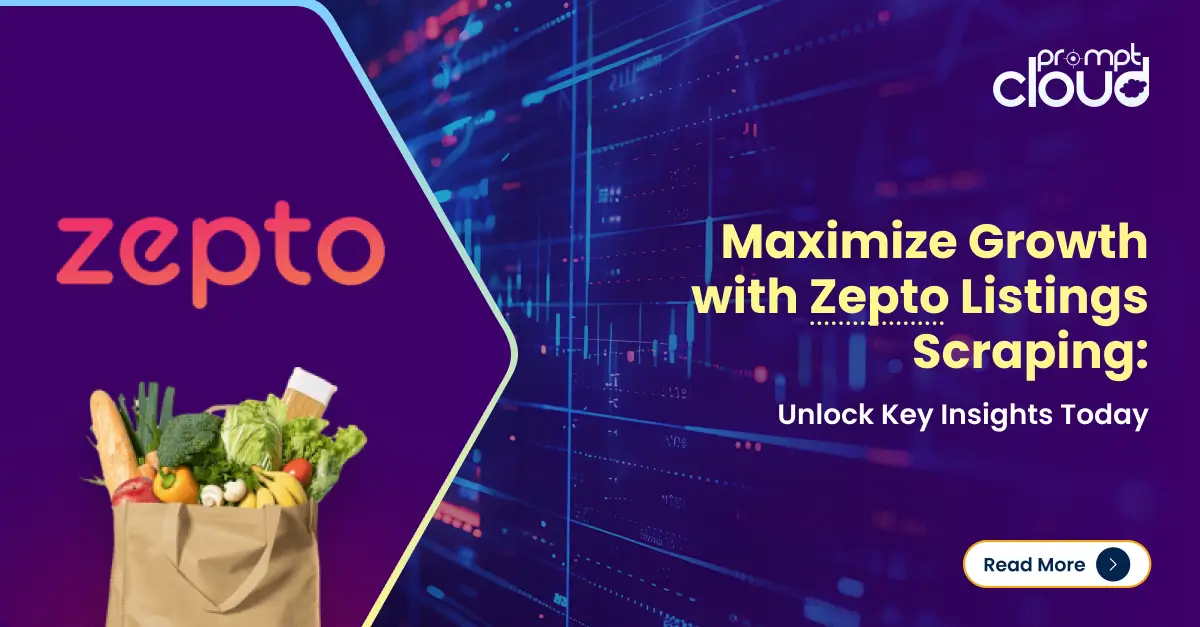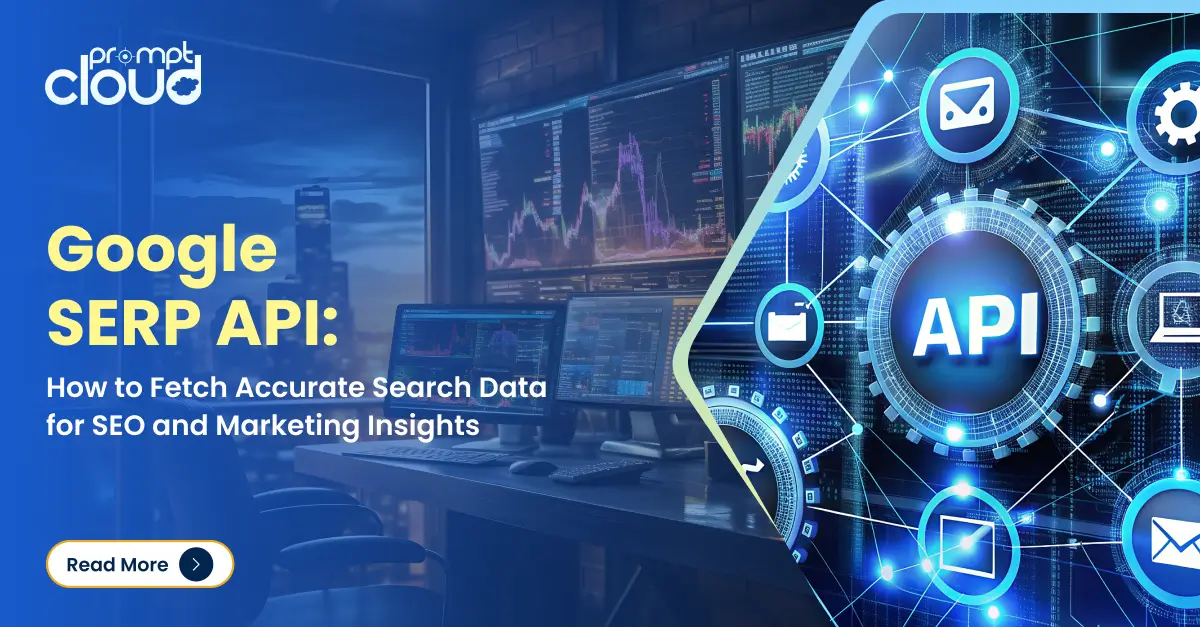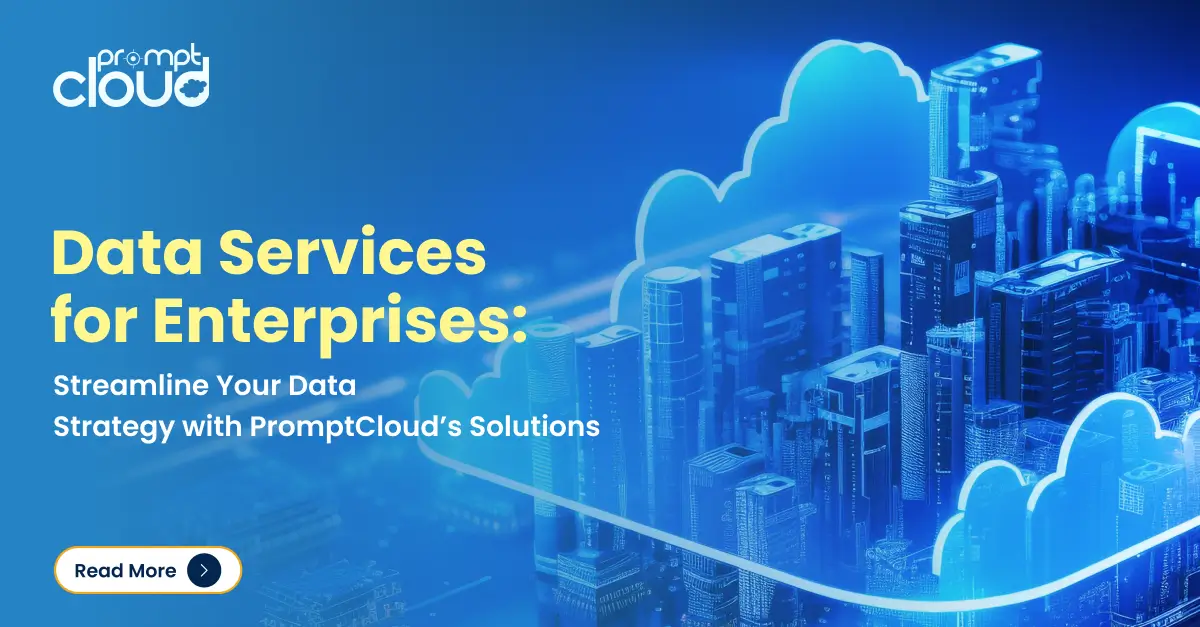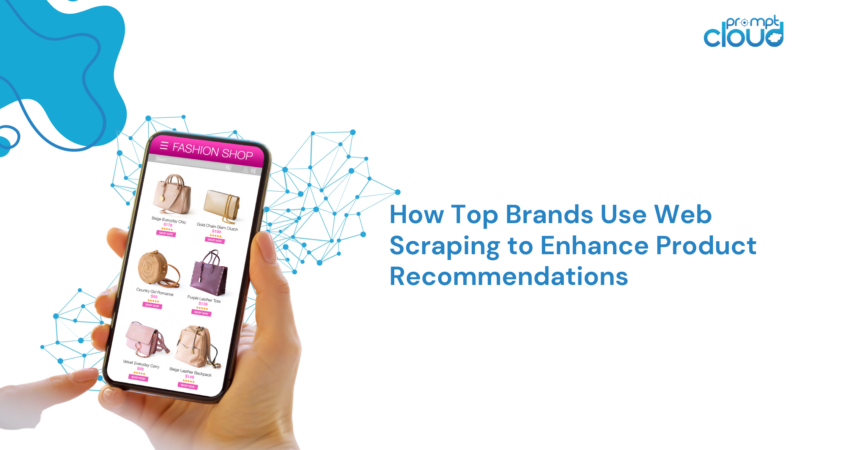
Today’s internet is expanding at an unimagined rate, and the data roaming about the servers worldwide are extensively diverse and can be used to gather valuable insights, but how? The answer is web scraping! But what exactly is web scraping, and how do you achieve your goals with data extraction? Also, what are web scraping uses?
What is Web Scraping?
Web scraping is the process of analyzing a webpage or its HTML code to obtain information that can be of strategic worth. This seems quite simple—you just open up a website and look at it, and you will know what is available on that page, right? In theory, yes, but in practice, no way, and here is why.
The internet is a place devoid of any limits, and while it has already grown to gigantic scales, it is not stopping any time soon. Obtaining data from even a tiny subset of this ‘humongous’ thing involves visiting hundreds of thousands of web pages. Thus, manually visiting web pages is not an option.
This is why we have artificially intelligent tools called web scrapers that visit sites and read through the HTML behind the page to obtain information hidden within the fine print or the front-end graphics in our case.
Opportunities in E-commerce through Web Scraping
Web scraping is particularly useful when you need to stay as informed as possible to stay on top of things and respond appropriately to changing circumstances. Some of the benefits that web scraping bears are: Let’s look at some web scraping uses and opportunities.
Collecting Comprehensive Product Data
Top brands use web scraping to gather detailed information about products across different e-commerce platforms. This includes data on product features, specifications, pricing, availability, and customer reviews. By having access to this comprehensive dataset, brands can analyze the market and identify trends that influence product recommendations. There are various other web scraping uses across industries.
For example, a fashion retailer might scrape data from fashion websites to understand which styles, colors, and brands are trending. This information helps them recommend the latest and most popular products to their customers.
Analyzing Customer Reviews and Feedback
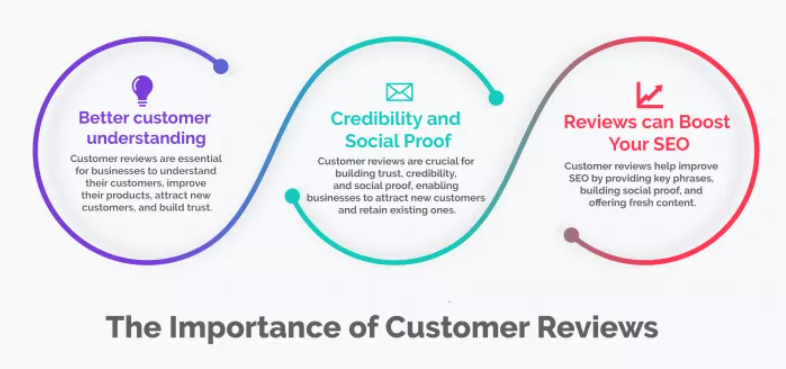
Source: hasdata
Customer reviews and feedback are invaluable sources of information for understanding customer preferences and pain points. Web scraping allows brands to collect and analyze reviews from multiple platforms, providing insights into what customers like or dislike about certain products.
By analyzing this data, brands can identify common themes and sentiments. For instance, if many customers praise the comfort of a particular shoe, the brand can recommend similar products to customers looking for comfortable footwear. Conversely, if a product receives negative feedback about its durability, the brand can avoid recommending it and suggest better alternatives.
Monitoring Competitor Strategies
Understanding what competitors are offering and how they are pricing their products is crucial for staying competitive. Web scraping enables brands to keep a close eye on competitor websites, tracking changes in product offerings, prices, and promotions.
For example, an electronics retailer might scrape data from competitor websites to monitor the pricing of popular gadgets. If a competitor lowers the price of a particular smartphone, the retailer can adjust their recommendations to highlight similar products that offer better value or unique features.
Personalizing Recommendations Based on Behavior
Web scraping can also be used to collect data on customer behavior, such as browsing patterns, purchase history, and click-through rates. This data helps brands understand individual customer preferences and tailor product recommendations accordingly. There are various other web scraping uses across e-commerce platforms.
For instance, if a customer frequently browses for running shoes and related accessories, the brand can use this information to recommend new arrivals in the running category, exclusive discounts on running gear, or complementary products like fitness trackers and apparel.
Web scraping is a game-changer for e-commerce businesses, offering a multitude of benefits that can significantly enhance product recommendations.
Web Scraping for Enhancing Product Recommendations
Enhanced Customer Experience
Imagine walking into a store where every item on display perfectly matches your tastes and needs. This is the kind of personalized shopping experience web scraping can help brands create online. By harnessing detailed data about pricing, inventory, and product description, and reviews brands can tailor their recommendations to individual customers. This personalized approach makes it easier for customers to discover products they love, boosting satisfaction and fostering loyalty. When customers feel understood and valued, they are more likely to return, creating a strong bond with the brand.
Increased Sales and Conversion Rates
The power of personalized recommendations extends beyond customer satisfaction to tangible sales results. Brands that use web scraping to provide relevant and timely product suggestions can significantly increase their conversion rates. For instance, recommending trending items or highlighting limited-time offers based on real-time data can create a sense of urgency, prompting customers to make a purchase. This proactive strategy not only boosts sales but also enhances the overall effectiveness of marketing efforts, ensuring that every interaction with the customer is impactful.
Competitive Advantage
In the fast-paced world of e-commerce, staying ahead of the competition is crucial. Web scraping provides brands with up-to-date market data and insights into competitor strategies. By continuously monitoring competitor offerings, prices, and promotions, businesses can swiftly respond to market changes. This agility allows brands to optimize pricing strategies, introduce new products that meet current demand, and position themselves as market leaders. The ability to anticipate and adapt to market trends gives brands a significant competitive edge, keeping them one step ahead in the race.
Improved Inventory Management
Effective inventory management is essential for meeting customer demand without overstocking or running out of popular items. Web scraping offers brands a way to predict demand more accurately by analyzing market trends and customer preferences. With these insights, businesses can make informed decisions about inventory levels, ensuring that they have the right products available at the right time. This leads to better stock management, reduced holding costs, and the ability to quickly restock popular items, ultimately enhancing customer satisfaction and operational efficiency.
In Summary
Web scraping is a powerful tool that revolutionizes product recommendations and overall business strategy for e-commerce brands. Web scraping uses vary across industries. By leveraging detailed data on customer preferences, market trends, and competitor activities, brands can create personalized shopping experiences that delight customers, drive sales, and build loyalty.
Moreover, the competitive insights and improved inventory management enabled by web scraping ensure that businesses remain agile and responsive in a dynamic market. Embracing web scraping is not just about staying competitive, it’s about leading the market and setting new standards for customer engagement and business performance.
Schedule a demo today to transform your e-commerce strategy with web scraping.











